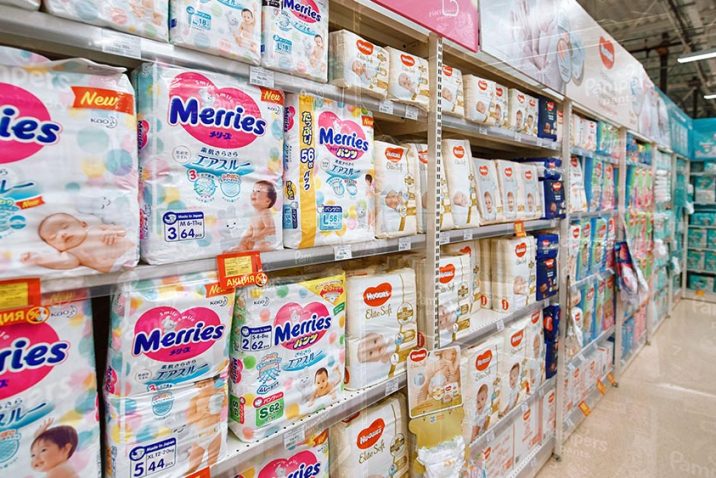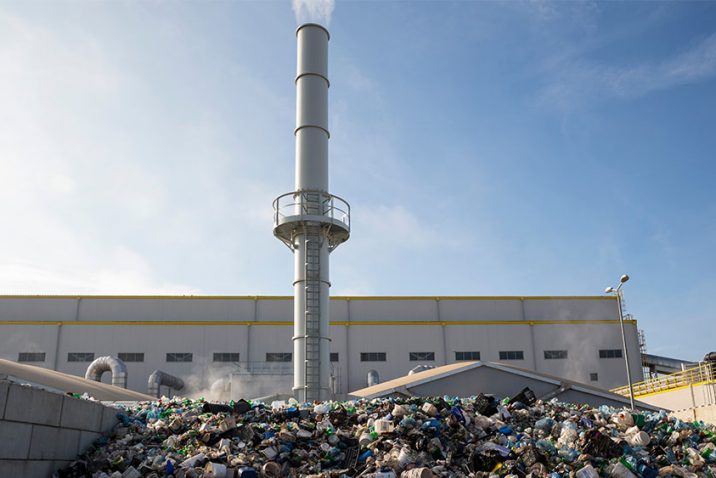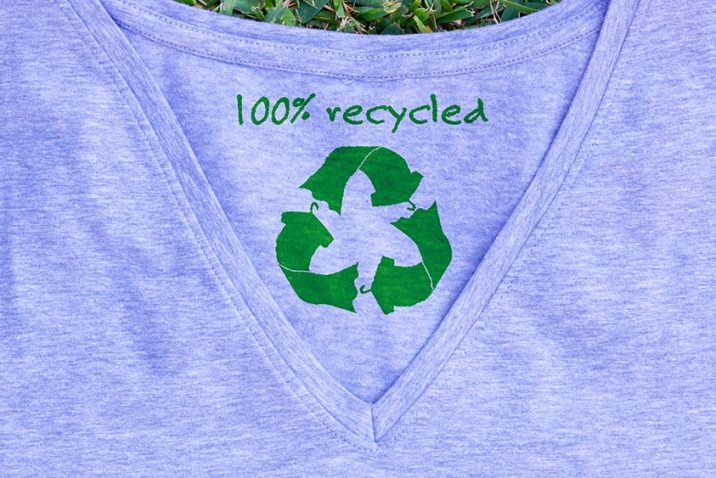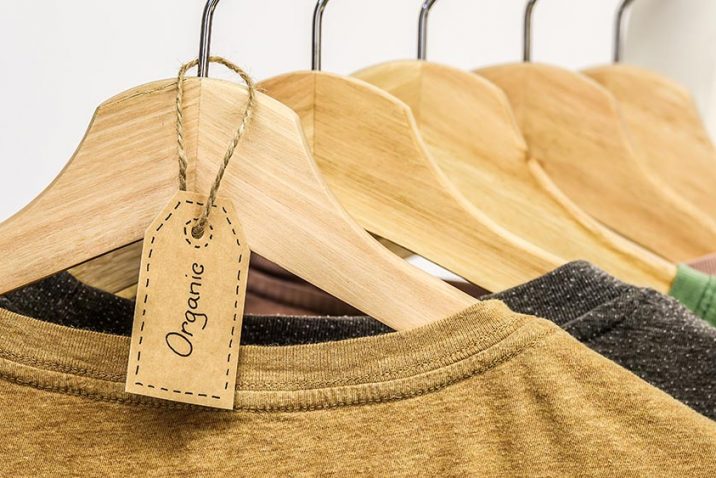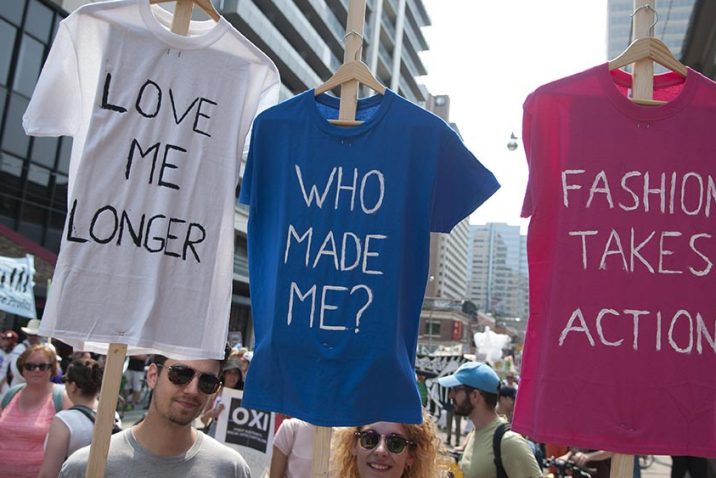Due to the heat island effect and global warming, Japanese summer continues to get hotter and hotter every year. Moreover, around the world, household electricity bills continue to skyrocket. Is there any way to cool the house without relying so...
Companies that specialize in disposable hygiene products are at the forefront of Japan’s progress toward adopting circular economy approaches. With the largest proportion of elderly adults in the world, Japan is experiencing an increasing amount of...
The role of waste-to-energy plants is to turn non-recyclable waste into heat and electricity, thus reducing landfill usage and the need to burn fossil fuels. Simultaneously, waste-to-energy plants also help reduce the levels of methane generated...
Recycled clothing is made from regenerated materials that are produced by sorting and breaking down of waste materials. Sustainable fashion brands are making conscious efforts into fabric innovation to enhance their circular approaches to...
The goal of sustainable fashion is for brands to prioritize accountability and transparency, in addition to quality. By keeping track of where garments are sourced, the emissions and waste generated in the production and the protection of...
Sustainable fashion refers to clothing, leather and footwear made in a way that is mindful of both environmental and socio-economic issues. From an environmental perspective, it is necessary to minimize the planetary harms caused by garment...
Sustainable brands benefit not only customers by providing high-quality clothing but also the environment and the people within the industry. The fashion industry is responsible for 10% of annual global CO2 emissions. The industry is also a major...



